- Messages
- 15,735
- Edit My Images
- No
DxO is a superb program and my to go image processer
I have yet to upgrade to PL3 but the new features look good
Last edited:
DxO is a superb program and my to go image processer
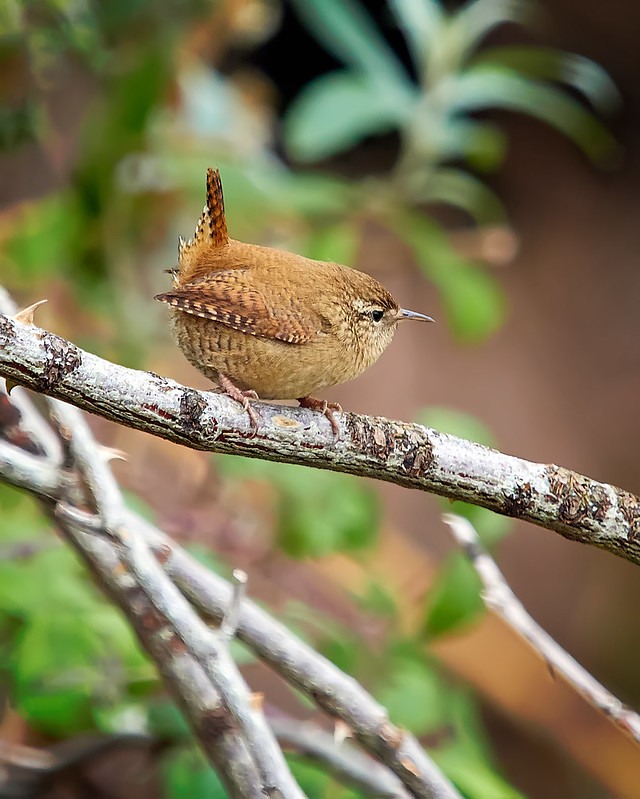 WREN IN MY GARDEN by Robin Procter, on Flickr
WREN IN MY GARDEN by Robin Procter, on Flickr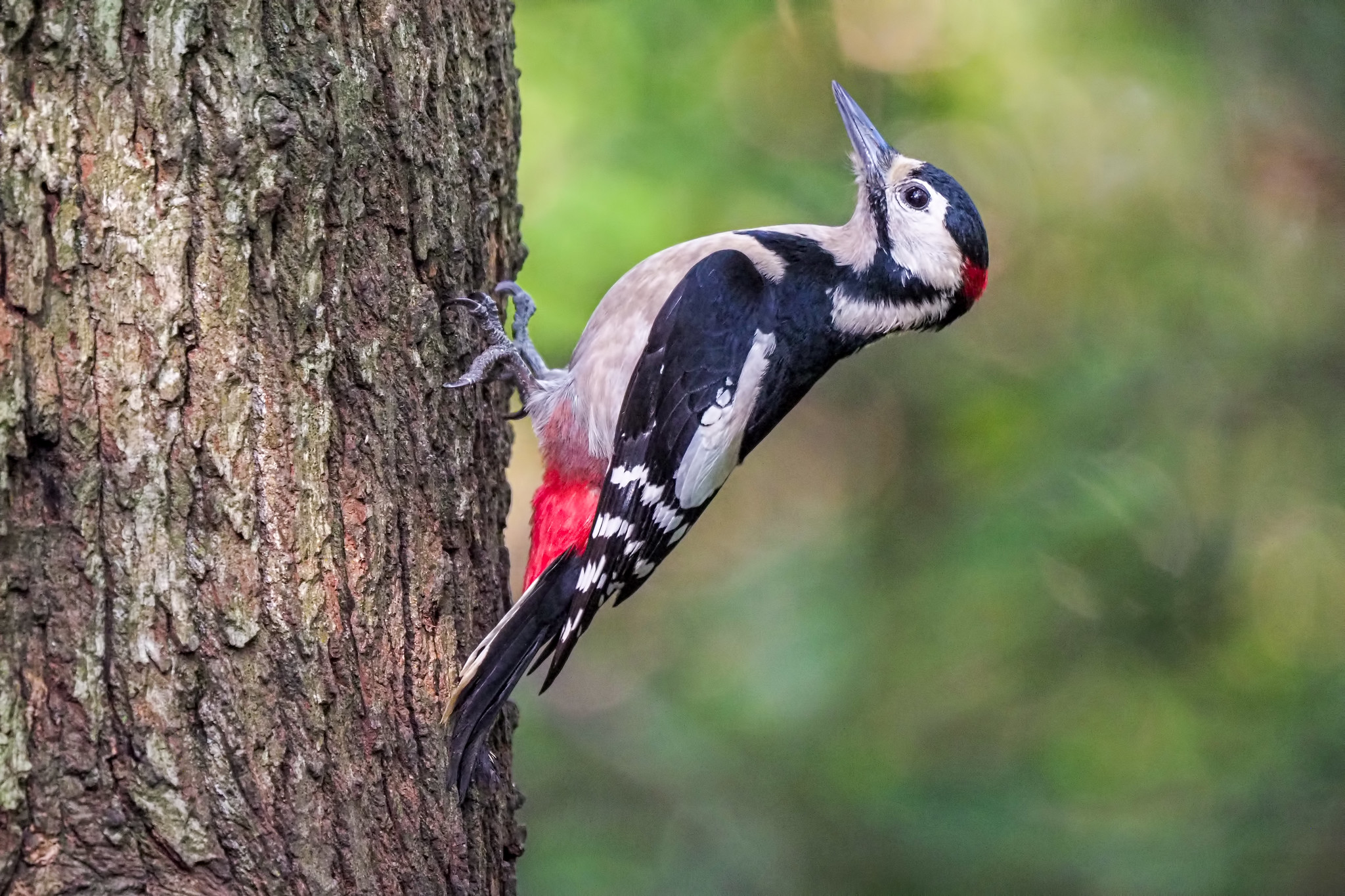
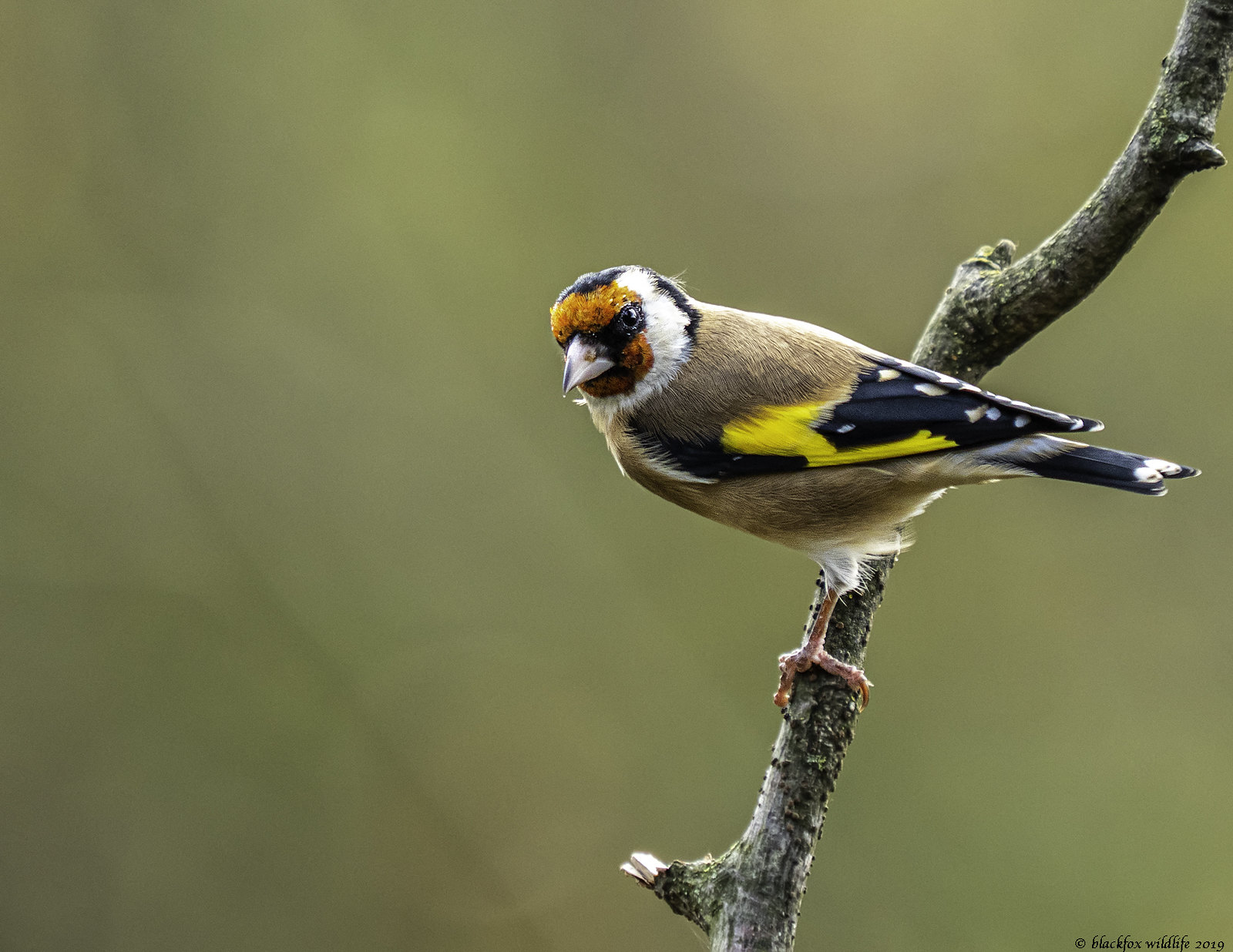 trick or treat ? by jeff and jan cohen, on Flickr
trick or treat ? by jeff and jan cohen, on Flickr the cherry picker by jeff and jan cohen, on Flickr
the cherry picker by jeff and jan cohen, on Flickrboth the gsw and the wren shots look fine to me .
robin if you hadn't mentioned big crop who would have known ?
Andrew again if you hadn't mentioned j.peg and high iso who would have known?
this leads me to the point are we getting to tied up in technicalities and needless commenting for fear that another photographer ???? will rip your shot to pieces rather than taking each picture on its own merits ,i.e focus and sharpness plus context ... they are the only three things that should matter .
many years ago when shooting 35mm film the picture was either right or wrong if you wanted fine grade photos you used FP4 if the light was bad you switched to HP4 and used the noise /grain to the pictures merits
.... I agree with you except that in my case I am a complete newbie to m4/3 and the Olympus camera and lens and I am of course needing to assess whether it is going to satisfy me changing from my Canon full-frame 1DX-2 and EF 500mm etc. Sharing my first efforts here and getting (polite) feedback can help me learn and potentially milk more out of my M1X and ED PRO lenses.
both the gsw and the wren shots look fine to me .
robin if you hadn't mentioned big crop who would have known ?
Andrew again if you hadn't mentioned j.peg and high iso who would have known?
this leads me to the point are we getting to tied up in technicalities and needless commenting for fear that another photographer ???? will rip your shot to pieces rather than taking each picture on its own merits ,i.e focus and sharpness plus context ... they are the only three things that should matter .
As far as I’m aware it’s the same size sensor just the e.mix has two processors ... the mkii firmware update makes them very close in resultsIn addition looking for details like that on a jpeg further reduced in size to display on TP really doesn't tell us an awful lot about the technical quality of the original...........
Can someone remind me please .....is the sensor on the EM1 x the same as the sensor in the EM1 Mk2?
I'm on the point of selling my Canon kit and downsizing to an EM1 Mk2.
All my pics on Flickr have full EXIF data includedGood to hear. MPB has just accepted my equipment and is paying me the price they offered..........
When i first moved from Nikon crop to m4/3 over two years ago i did need to learn a new way of handling the files,ime sure its just this learning curve you are experiencing.
Can someone remind me please .....is the sensor on the EM1 x the same as the sensor in the EM1 Mk2?
I'm on the point of selling my Canon kit and downsizing to an EM1 Mk2.
All my pics on Flickr have full EXIF data included
I would say that this depends tbh, and a lot of it comes down to lenses as well. You'll struggle to get the creamy bokeh of the 600mm f4 on m4/3 for example.But your not a newbie to wildlife photography or to a camera or p.p .you know what your after and will achieve it . I think as well that you have enough contacts within the game to realise that there is not really that much difference in i.q to choose between different makes ,models,types etc .
Been mentioned a few times now, m4/3 files need far more aggressive processing, especially contrast/tone curves imo..... I have only post-processed (I only shoot RAW) three files so far and I think you are absolutely right - I unexpectedly have found that I haven't needed to do so much (so far!) and this has surprised me. .
I would say that this depends tbh, and a lot of it comes down to lenses as well. You'll struggle to get the creamy bokeh of the 600mm f4 on m4/3 for example.
Been mentioned a few times now, m4/3 files need far more aggressive processing, especially contrast/tone curves imo.
I don't usually take sharpening above the default in Lightroom, sometimes reduce it a bit actually as I think default is 40 now. If I remember, or if you remind me I'll post the settings from my preset later. I'm not saying that they are for everyone, but it makes my Olly files as close to my Nikon ones as I can get. My Nikon has 0 contrast added yet the Olly has quite an aggressive tone curve to increase contrast IIRC.What sort of sharpening settings do you find suitable please.
Could do with setting up some presets to replace my no longer used Fuji ones
Thank you
I don't usually take sharpening above the default in Lightroom, sometimes reduce it a bit actually as I think default is 40 now. If I remember, or if you remind me I'll post the settings from my preset later. I'm not saying that they are for everyone, but it makes my Olly files as close to my Nikon ones as I can get. My Nikon has 0 contrast added yet the Olly has quite an aggressive tone curve to increase contrast IIRC.
I don't usually take sharpening above the default in Lightroom, sometimes reduce it a bit actually as I think default is 40 now. If I remember, or if you remind me I'll post the settings from my preset later. I'm not saying that they are for everyone, but it makes my Olly files as close to my Nikon ones as I can get. My Nikon has 0 contrast added yet the Olly has quite an aggressive tone curve to increase contrast IIRC.
Sharpening is quite an art in itself and nice to hear what others use.
Some of the worst examples of over sharpening are to be seen in bird photos.
I have seen feather detail that looks more like it was produced on a Spirograph (remember them)
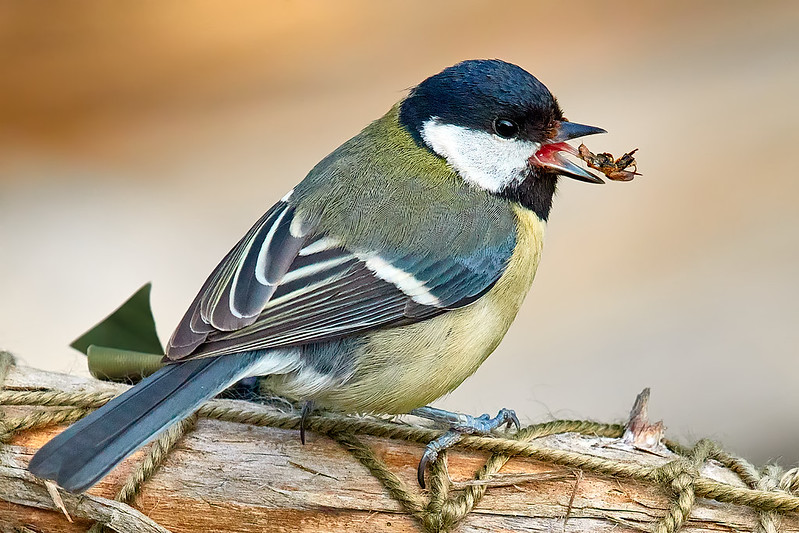 GREAT TIT TOSSING A FEAST by Robin Procter, on Flickr
GREAT TIT TOSSING A FEAST by Robin Procter, on FlickrI would say that this depends tbh, and a lot of it comes down to lenses as well. You'll struggle to get the creamy bokeh of the 600mm f4 on m4/3 for example.
Been mentioned a few times now, m4/3 files need far more aggressive processing, especially contrast/tone curves imo.
True, but all things considered equal I prefer the rendering of the 600mom f4’s. However, they are outside of my affordability and I’m not prepared to carry the weight and for me the slight reduction in IQ of m4/3 is a small price to pay for the weight and cost saving..... A relatively less creamy bokeh is a trade off of going F-F to m4/3 but one which I can accept. Professional Tesni Ward, for example, still manages some very pleasing bokeh with the same M1X + ED 300mm PRO combo as myself and so if she can then so can I. The key to it isn't just aperture and lens but the background distance and how that is lit.
It sure does depend on the software, however I was making comparison of the m4/3 processing vs the other formats I’ve used (APS-C and FF) using the same software, and as such the m4/3 requires more ‘aggressive’ PP compared to FFIn Capture One I usually reduce the global contrast and increase the micro contrast. How aggressive processing needs to be or not surely depends on the RAW editing software? I don't use Lightroom and never have. Have you seen what Nikon guy Matt Granger has to say about Capture One in comparison with Lightroom?
But your not a newbie to wildlife photography or to a camera or p.p .you know what your after and will achieve it . I think as well that you have enough contacts within the game to realise that there is not really that much difference in i.q to choose between different makes ,models,types etc .
If we were doing purely landscape work or studio work then yes a larger sensor would be the way to go but wildlife is as you know a totally different genre .. and speed ,lightness and flexibility are the key components personally since acquiring this set up I have not yet used my tripod and gimbal or monopod ,no doubt when the owls return they might come in handy during the waiting period . .
My current set up allows me to get hand held b.i.f at focal equiv’s of 550mm and 800mm with virtually instant focus lock on .its pure and simple the system works . Get down to west bay Harbour with just the camera and lens and practise on the gulls ,take a few slices of bread to keep them close then check your results
Take care m8 just seen west bay specifically mentioned on the weather reports
My mate just dropped round with his new Panasonic G9 ,specifically to try my lens out and see what worked on it..
30mm macro o.k
100-400 pl o.k but that’s Panasonic anyway
50-200swd painfully slow ,whereas it’s lightning fast on mine
Lesson learned ,made the right choice in the mkii
Have you any samples of the Prime noise reduction, I have tested it on an image or two and wasn't blown away however was my first attempt. Would be good to see how good it is by some one who has previously used it?FWIW
When I was looking to downsize I looked at example raw files from the E-M1MK2 and considered the noise as reminiscent of film grain.,......and 'saw' it as more acceptable than the noise I saw in my old canon 7D which by that point I had not used for ages as had my 5D3.
Once I got it and I noticed that where the noise needed more pp on some files than others LR would not cope that well! Someone pointed me to DxO Photolab and it's Prime noise reduction was a revelation......in the way it reduced noise but left subject details untouched that then sharpened nicely.
PS I remember when some grain in an image was considered important.......though it's presence on the Konica 3200 ASA was s bit meh! But then as the highest ASA colour print film available it was the only choice
Bet you never got a pic of the roof flying off the ice cream parlour on the front.... Live webcam :
https://video.love-weymouth.co.uk/bridport-harbour-west-bay-live-webcam/
I reckon it's the image stabilisation which will get tested the most and so I'll pick my places to stand. I used to live in a house on West Cliff (until I divorced) and so am not a complete stranger to it fortunately. Light is looking better from about 3:00pm so I'll wait a bit. Tomorrow might be easier weatherwise but we'll see.
Because of the articulated rear screen I'll be able to place the camera on the ground - I have a small beanbag for the camera and won't need any fiddly raincovers.
I'll play it safe in any case - No photo is worth risking injury or life over.
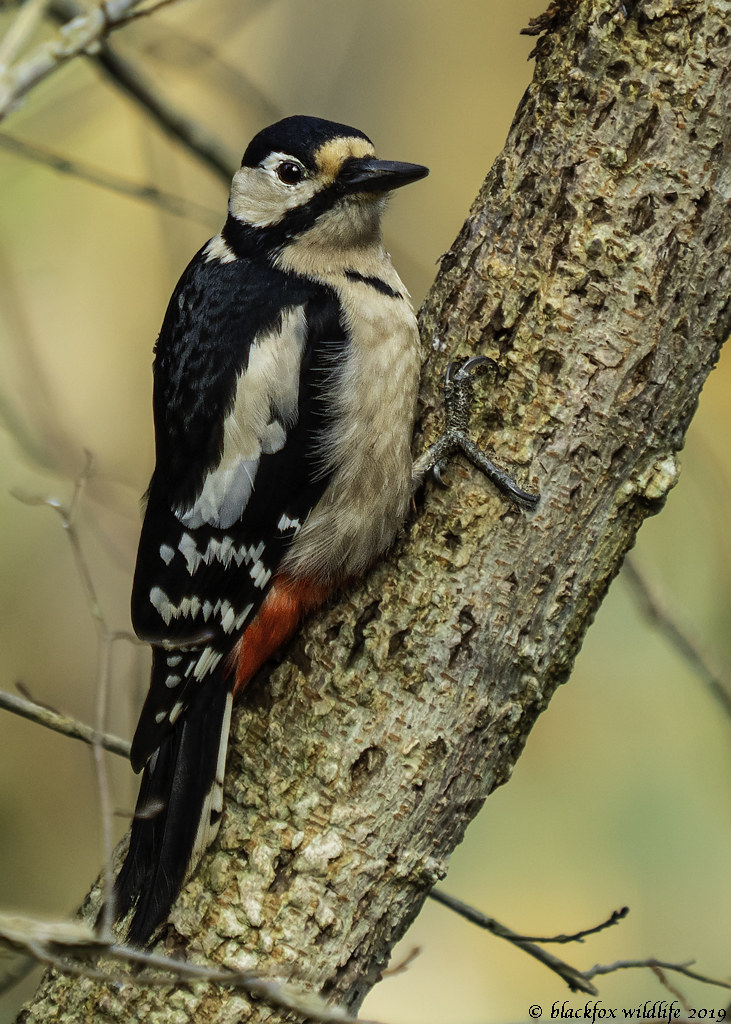 your shutters quiet by jeff and jan cohen, on Flickr
your shutters quiet by jeff and jan cohen, on FlickrYep, my ED 300mm F/4 PRO has arrived and already had the latest 1.5 firmware loaded so must be very new stock. So after I have done a few settings for CAF and allocated Tracking to a button etc, I'm off to West Bay beaches and need not have any care whatsoever about the weather!
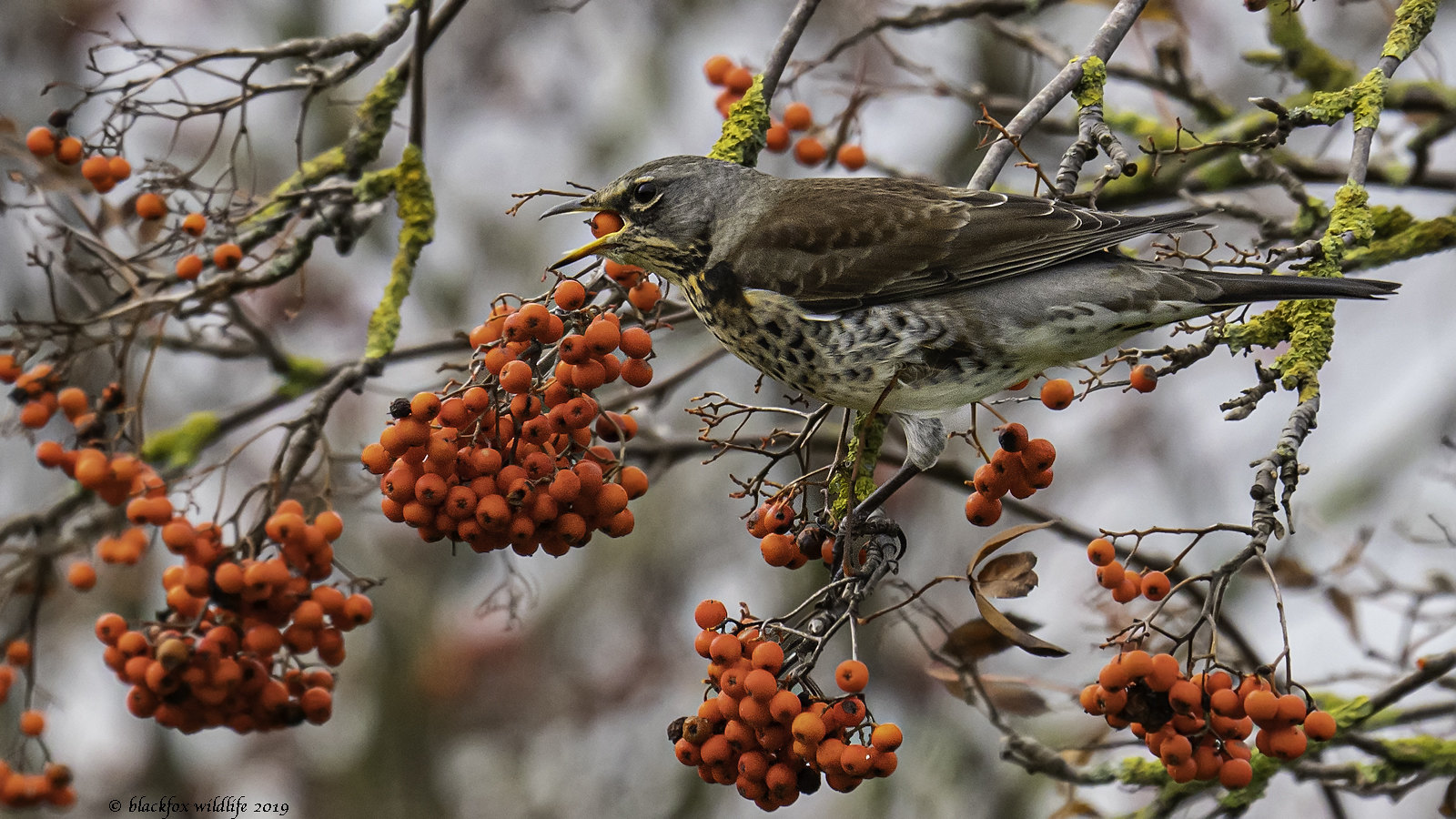 swallow that by jeff and jan cohen, on Flickr
swallow that by jeff and jan cohen, on Flickr